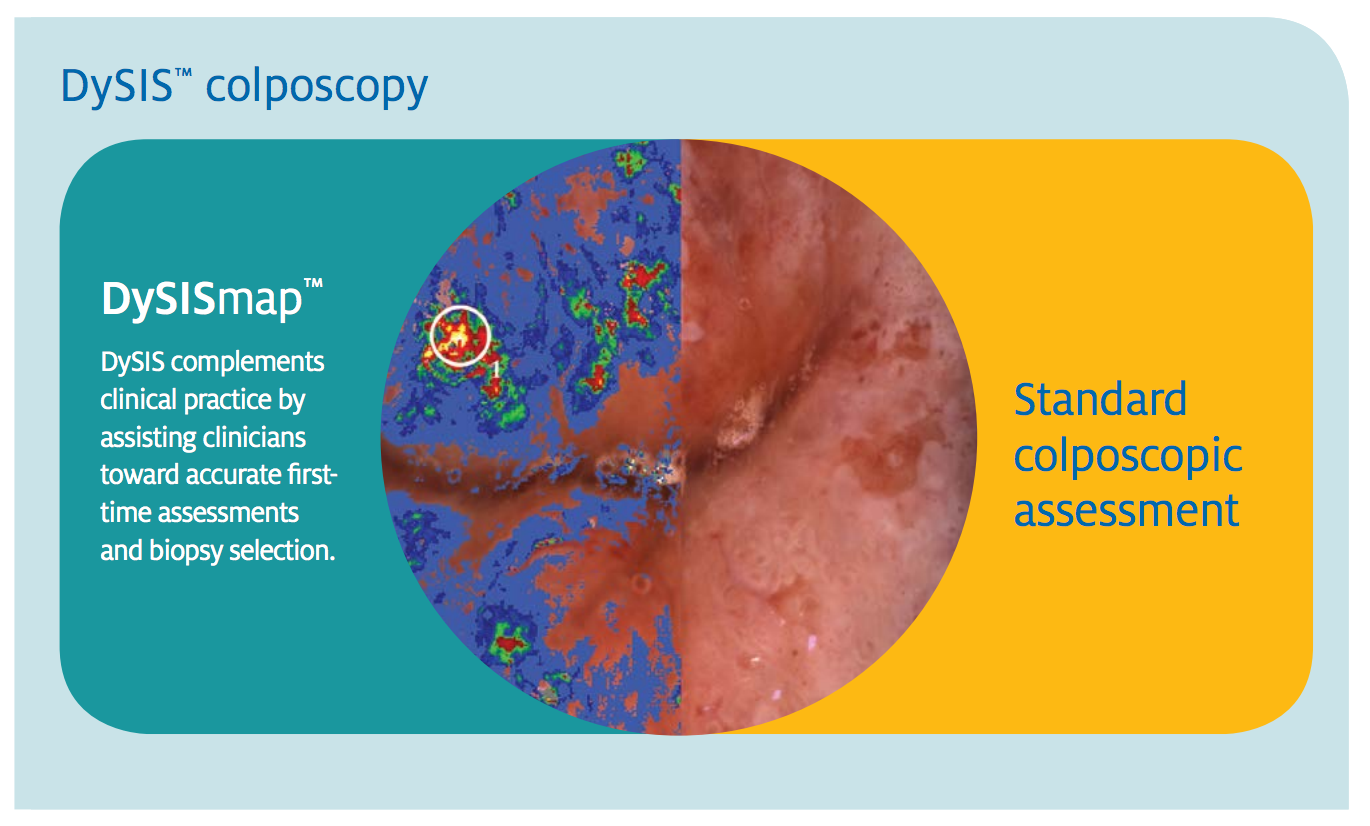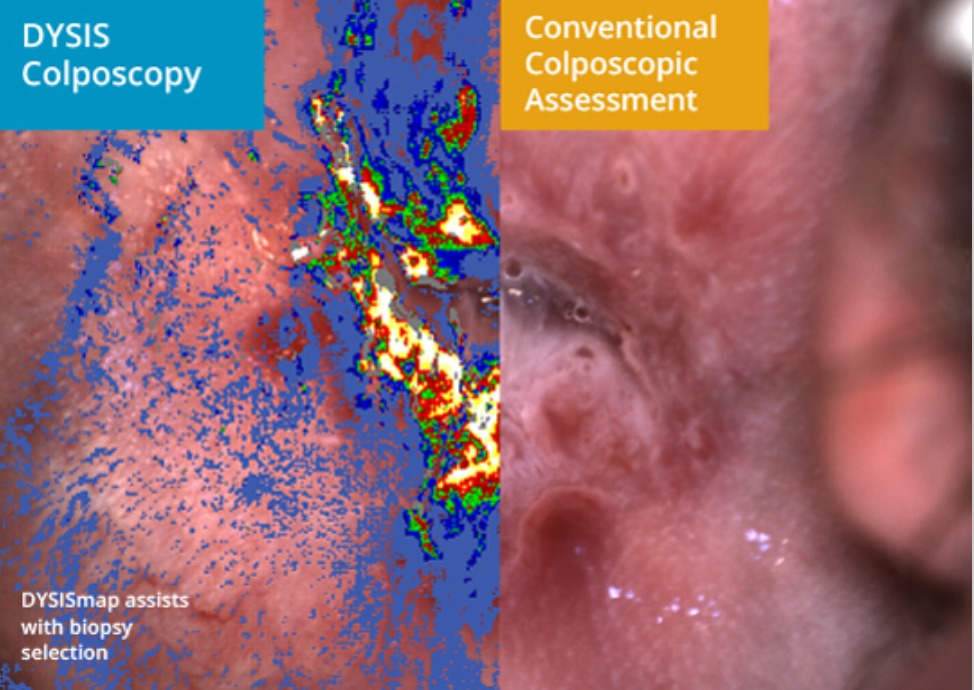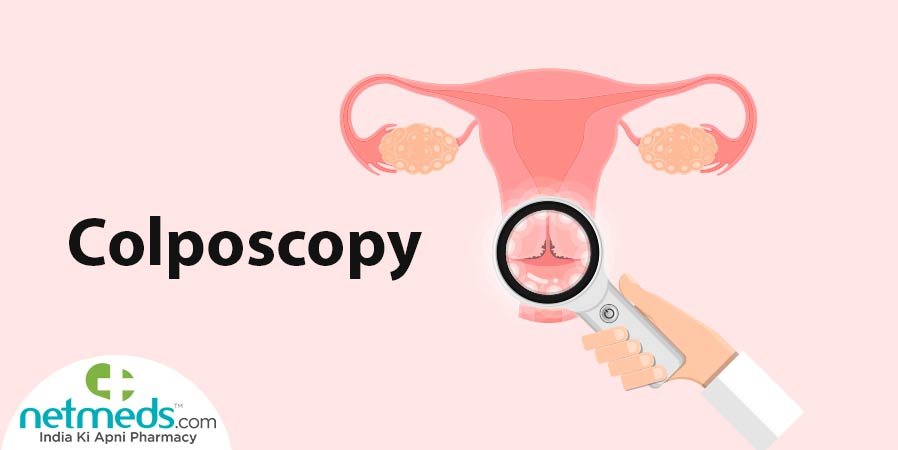Introduction:
Abnormal Colposcopy Images Colposcopy is a crucial diagnostic procedure in gynecology, allowing healthcare professionals to closely examine the cervix, vagina, and vulva for signs of abnormalities. Abnormal colposcopy images can raise concerns about potential cervical dysplasia or other underlying conditions. In this article, we will explore the significance of abnormal colposcopy images, the diagnostic process, and the various treatment options available.

Understanding Colposcopy:
Colposcopy is a medical procedure performed using a colposcope, which is a magnifying instrument that provides an illuminated and highly magnified view of the cervix, vagina, and vulva. It is commonly recommended when a Pap smear or HPV test indicates abnormalities. The procedure helps healthcare providers identify and assess lesions, abnormal blood vessels, or other irregularities that may be indicative of cervical dysplasia or cancer.
MUST READ= Walmart pool salt
Interpreting Colposcopy Images:
During a colposcopy, healthcare professionals observe and document various features, such as color changes, blood vessel patterns, and the appearance of abnormal tissue. Abnormal colposcopy images may show white areas, known as acetowhite lesions, which can indicate the presence of abnormal cells. The extent, location, and characteristics of these lesions play a crucial role in determining the severity of the condition.
Common Causes of Abnormal Colposcopy Images:
- Human Papillomavirus (HPV) Infection:
- HPV is a common sexually transmitted infection that can lead to abnormal cell changes in the cervix. Colposcopy is often recommended when HPV is detected to assess the extent of the infection.
- Cervical Dysplasia:
- Abnormal cell growth on the cervix can result in dysplasia. Colposcopy helps identify the extent of dysplasia and guides further diagnostic and treatment decisions.
- Cervical Cancer:
- In advanced cases, colposcopy may reveal lesions suggestive of cervical cancer. Early detection is crucial for effective treatment and improved outcomes.
Diagnostic Process:
- Colposcopic Examination:
- The initial step involves a thorough examination of the cervix using a colposcope. This provides a detailed view of any abnormalities.
- Biopsy:
- If suspicious areas are identified during colposcopy, a biopsy may be performed to obtain a tissue sample for further analysis. This helps confirm the presence and severity of abnormalities.
- Histopathological Examination:
- The collected tissue sample is sent to a pathology laboratory for a histopathological examination. This helps determine the nature of the abnormalities and guides treatment decisions.

Treatment Options:
- Watchful Waiting:
- In cases of mild abnormalities, healthcare providers may opt for a “watchful waiting” approach, monitoring the patient regularly to assess any changes in the condition.
- Laser Therapy:
- Laser therapy involves using a laser to remove abnormal tissue. This is often suitable for treating precancerous lesions identified during colposcopy.
- Cryotherapy:
- Cryotherapy involves freezing abnormal cells, destroying them and promoting the growth of healthy tissue. It is a minimally invasive treatment option.
- Cone Biopsy:
- A cone biopsy may be recommended if the abnormalities are more extensive. This procedure involves removing a cone-shaped piece of tissue from the cervix for further examination.
- Hysterectomy:
- In cases of severe abnormalities or cervical cancer, a hysterectomy (removal of the uterus) may be considered, especially if other treatments are not viable.
Emotional and Psychological Impact:
Receiving a diagnosis of abnormal colposcopy images can be emotionally challenging for individuals. Healthcare providers must offer clear communication, support, and information to help patients understand their condition and make informed decisions about their treatment.

Conclusion:
Abnormal colposcopy images are a crucial indicator of potential cervical abnormalities or cancer. Timely and accurate diagnosis, followed by appropriate treatment, plays a crucial role in improving outcomes. Regular screenings, vaccination against HPV, and maintaining open communication with healthcare providers are essential components of women’s health. By understanding the significance of abnormal colposcopy images, individuals can actively participate in their healthcare journey and work towards maintaining cervical health.
